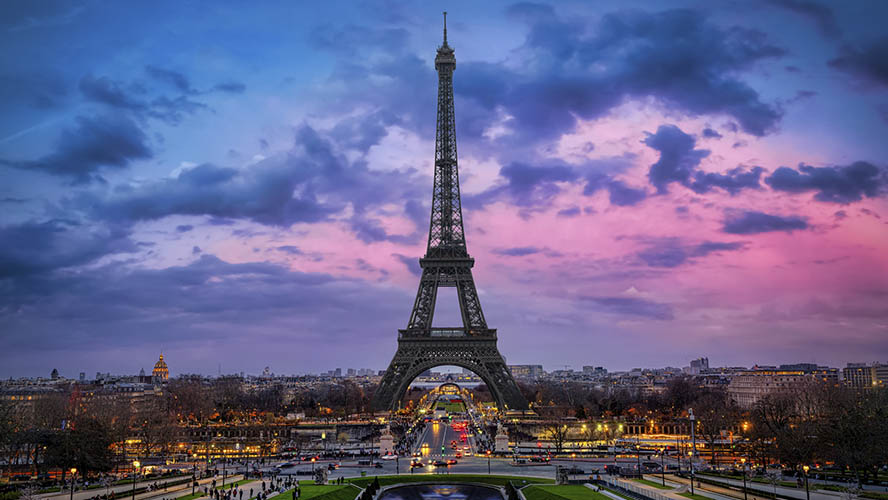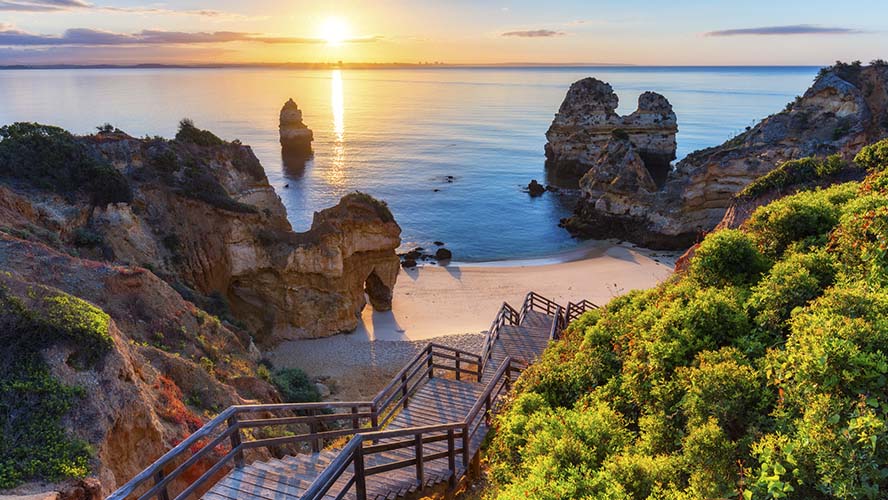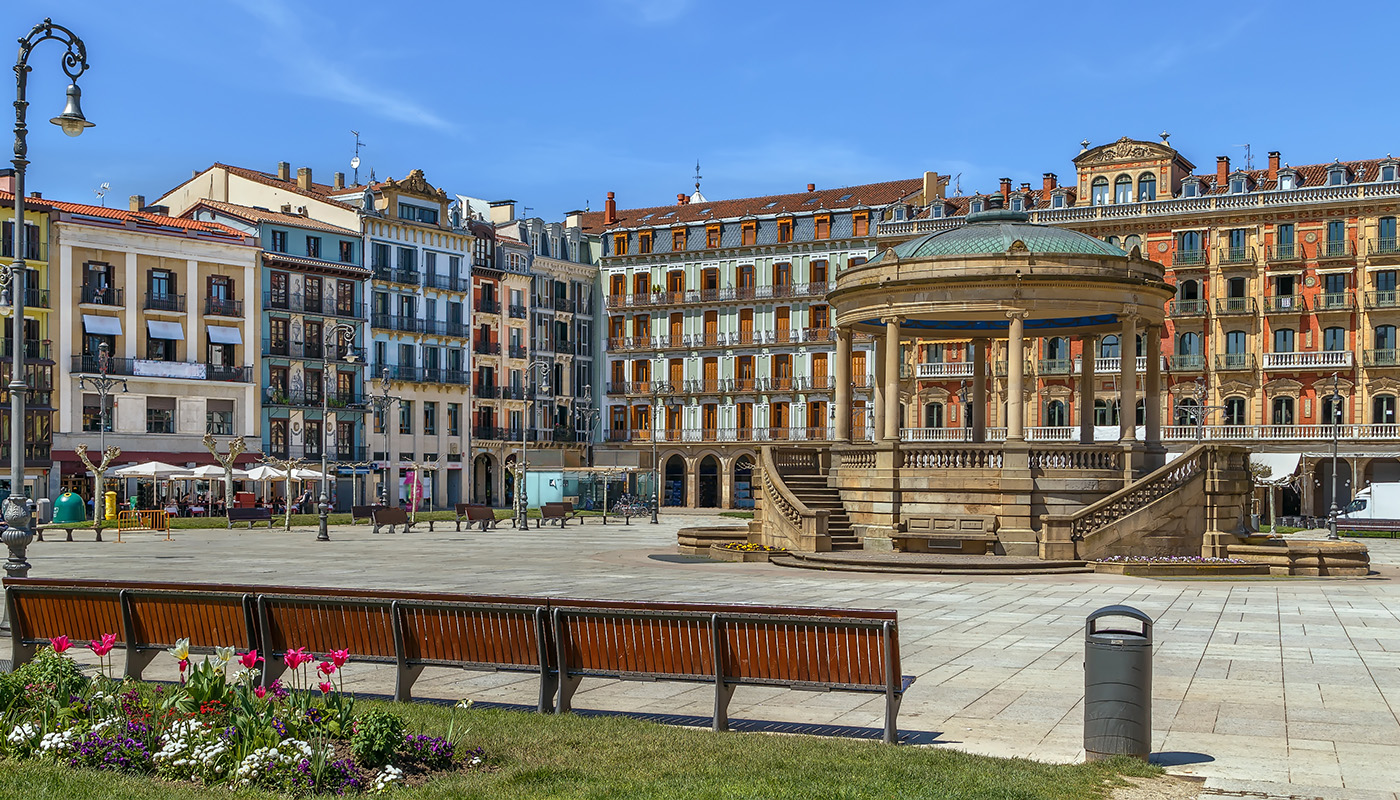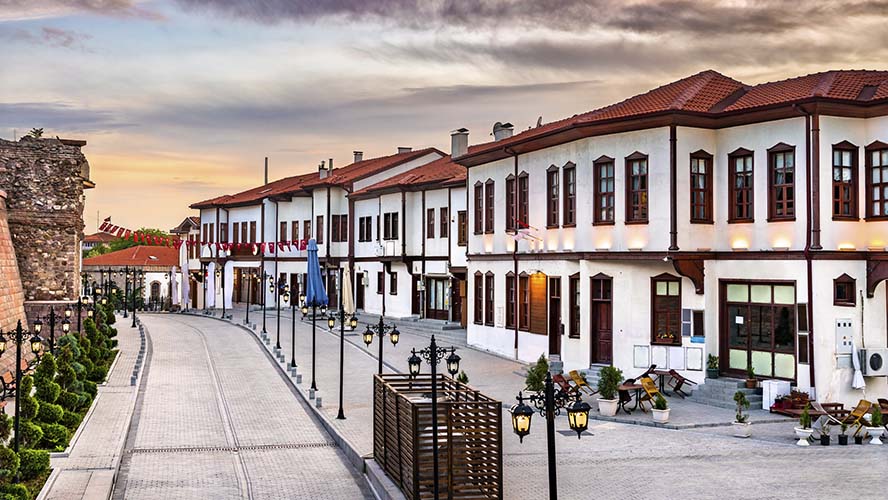Veliko Tarnovo, known as the “City of the Tsars”, offers a journey into the heart of Bulgaria’s past. Strategically situated in a natural setting formed by the hills of Tsarevets, Trapezitsa and Sveta Gora, this ancient capital of the Second Bulgarian Empire offers a stunningly picturesque backdrop. The hanging houses over the Yantra River, the cobbled streets and the remains of ancient fortresses evoke the glory days when Veliko Tarnovo was the epicentre of power and culture in the Balkans.
- History of the city: Veliko Tarnovo, the cradle of the Second Bulgarian Empire
- What to see on your visit: fortresses, churches and streets full of medieval charm
- Cultural activities: a journey to Bulgarian roots
- Gastronomy and where to eat: authentic flavours in a unique setting
- Nearby visits: discovering the surroundings of Veliko Tarnovo
History of the city: Veliko Tarnovo, the cradle of the Second Bulgarian Empire
The history of Veliko Tarnovo dates back over five millennia to the first Thracian settlements on its hills. However, it was in the 12th century when the city reached its peak as it became the capital of the Second Bulgarian Empire. Strategically founded on the hills of Tsarevets, Trapezitsa and Sveta Gora, Veliko Tarnovo flourished as a political, economic and cultural hub that rivalled Constantinople in influence.

During the 13th and 14th centuries, the city experienced its golden age under the reign of great tsars such as Kaloyan and Ivan Asen II. Its strategic position on the banks of the Yantra River made it an almost impregnable fortress, protected by formidable walls and bastions. The majestic Tsarevets Fortress was built here, epitomising the power and grandeur of the era. Inside, the royal palaces and the Patriarchal Cathedral was the site of coronations and key historical events.
After the Ottoman conquest in 1393, the city lost its status as the capital but remained culturally significant. Over the centuries, Veliko Tarnovo became the centre of the Bulgarian National Revival, playing a crucial role in the independence movement. Nowadays, the city retains its historic charm, attracting visitors from all over the world who wish to explore its glorious past.
What to see on your visit: fortresses, churches and streets full of medieval charm
A tour of Veliko Tarnovo should undoubtedly begin at the Tsarevets Fortress, the historic heart of the city and one of Bulgaria’s most recognisable symbols. This impressive medieval complex, strategically situated atop Tsarevets Hill, allows you to explore its vast walls, climb its watchtowers and explore the remains of the Royal Palace, which was once the seat of power of the Second Bulgarian Empire.
The Patriarchal Cathedral of the Ascension, restored in the 1980s, stands out for its contemporary murals, which provide a striking contrast against the surrounding ruins. From the heights of the fortress, the panoramic views of the Yantra River and the neighbouring hills are an unforgettable experience. Don’t miss the spectacular night-time sound and light show that depicts the key moments in Bulgarian history, with lights projected on to the walls alongside epic music. It transforms the fortress into a pulsating stage.

Another must-visit spot is Samovodska Charshiya, the old artisans’ quarter, which preserves the essence of Bulgarian tradition. The cobbled streets, lined with wooden houses dating from the Bulgarian National Revival, are full of workshops where traditional products are made. You can watch the artisans working with leather, ceramics and glass, and even join in demonstrations to learn the ancient techniques. This neighbourhood is also home to charming cafés and traditional taverns that offer a perfect break between visits.
Among the most notable churches is the Church of the Forty Martyrs, built in 1230 to commemorate a great military victory by Tsar Ivan Asen II. The walls bear inscriptions documenting key moments in Bulgarian history, such as the declaration of independence in 1185. Another notable place is the Church of St Peter and St Paul, where the simple architecture contrasts with its interiors adorned with frescoes that date back to the 14th century. Although less well-known, it offers a journey into the artistic splendour of the Middle Ages.
For those who love charming walks, the winding streets of the old town are a destination in themselves. Traditional houses that seem to hang off the cliff, little art galleries and hidden viewpoints turn the walk into an experience full of surprises. And if you’re looking for a quieter spot, Trapezitsa Hill, with its archaeological remains and funicular railway, will allow you to explore another side of the medieval Veliko Tarnovo.
Cultural activities: a journey to Bulgarian roots
Veliko Tarnovo not only offers historical monuments, but also a vibrant cultural scene that connects the past with the present. If you visit the city in spring, the Medieval Tarnovgrad International Festival gives you the opportunity to step back in time: from battle reenactments to medieval craft workshops.
The Regional History Museum is perfect for understanding how the city has developed through the centuries. This space houses artefacts ranging from Thracian relics to treasures from the Bulgarian Renaissance. For art lovers into contemporary pieces, the Boris Denev Art Gallery, located by the Yantra River, offers a collection of works by modern Bulgarian artists.
Don’t miss the open-air theatre at the Tsarevets Fortress, where concerts and operas are held during the summer. With the illuminated fortress in the background, these performances are an unforgettable experience.
Gastronomy and where to eat: authentic flavours in a unique setting
Veliko Tarnovo’s cuisine stands out for its blend of Bulgarian and Ottoman influences, offering a fusion of local ingredients and time-honoured recipes. Some of the most popular specialities are stews such as kavarma, made with meat, onion and spices, and banitsa, a puff pastry filled with cheese or spinach.

One of the most iconic restaurants is Shtastliveca, located in the historic centre. Its cosy atmosphere and a menu that blends traditional dishes with international flavours make it a place you must visit. If you’re after a more local experience, Hadji Nikoli Inn, a historic building converted into a restaurant, offers a selection of Bulgarian wines alongside traditional dishes. For those with a sweet tooth, desserts like baklava or homemade ice creams are not to be missed.
Nearby visits: discovering the surroundings of Veliko Tarnovo
Arbanasi: a charming historic village with great views
Just four kilometres from Veliko Tarnovo, the village of Arbanasi is known for its unique architecture and peaceful atmosphere. Here you can visit the Church of the Nativity, famous for the frescoes that cover every inch of its walls, and enjoy panoramic views of Veliko Tarnovo from its hills.

Dryanovo: caves and Orthodox Christian architecture
Around 20 kilometres from the city, the Dryanovo Monastery is a perfect spot for those seeking peace and nature. This monastery, surrounded by a stunning gorge, is an example of Bulgarian Orthodox architecture and an ideal starting point for exploring the nearby caves, such as Bacho Kiro Cave.

Gabrovo: an open-air ethnographic museum
About a 45-minute drive away, the city of Gabrovo is home to the Etar Ethnographic Complex, an open-air museum where you can experience traditional Bulgarian life. From watermills to craft workshops, this place provides an authentic glimpse into the region’s traditions.













































































